DHA (Docosahexaenoic Acid) is a long-chain omega-3 fatty acid that exists in marine animals. DHA is a highly unstable, polyunsaturated fatty acid (PUFA) prone to lipid peroxidation, forming toxic aldehydes and free radicals. These oxidative byproducts damage neurons, triggering inflammatory responses.
The form of DHA used in baby formula and processed foods is highly altered, synthetic, and chemically extracted, making it inherently different from its natural counterparts and potentially harmful to human health.
DHA in natural foods is bound within complex lipid structures because it is extremely harmful to cells. DHA (Docosahexaenoic Acid) is a remnant of oil metabolism in marine life. It exists trapped within complex lipid structures, making it biochemically inaccessible for direct energy use.
The DHA used in baby formula is not naturally derived from whole food sources but is instead industrially manufactured through chemical and mechanical extraction from algae or fish byproducts.
Most infant formula DHA comes from algae (Crypthecodinium cohnii or Schizochytrium) or from fish oils that have been heavily processed. Unlike natural DHA, these sources require harsh chemical treatments to make them stable for commercial use.
How Synthetic DHA is Processed:
- Solvent Extraction
- Algal or fish-derived DHA is treated with hexane, ethanol, or other chemical solvents to extract the oil.
- Bleaching & Deodorization
- The extracted oil is bleached and deodorized to remove its strong odor and contaminants.
- Microencapsulation
- DHA is encapsulated with synthetic stabilizers to increase shelf life, further altering its natural structure.
- Stabilization with Synthetic Antioxidants
- Because DHA oxidizes quickly, synthetic antioxidants like ascorbyl palmitate or tocopherol acetate (synthetic vitamin E) are added to prevent rancidity.
Why This Synthetic DHA is Problematic
- Oxidation: Without its natural antioxidant network, DHA becomes highly unstable, producing toxic aldehydes and free radicals that damage cells.
- Chemical Residues: The extraction process leaves traces of solvents, industrial chemicals, and heavy metals, which can harm developing infants.
- Altered Bioavailability: Synthetic DHA does not integrate into cellular membranes as effectively as naturally occurring DHA in breast milk.
Thus, the DHA in baby formula is chemically altered, industrially processed, and structurally different from the DHA found in natural foods, making it more harmful than beneficial.
Why DHA is Inherently Harmful to the Body: A Logical Breakdown
DHA is often promoted as an essential fatty acid for brain and eye development, but from a fundamental biochemical and electromagnetic perspective, DHA introduces more risks than benefits.
A. DHA is an Extremely Unstable Molecule
- DHA is a highly unsaturated fatty acid with six double bonds, making it extremely prone to oxidation.
- Oxidized DHA forms free radicals and lipid peroxides, leading to cellular damage and inflammation.
- The body cannot store DHA for long periods without it degrading, making excess DHA more of a liability than an asset.
B. DHA Disrupts Cellular Electromagnetic Coherence
- Cell membranes rely on stable lipid structures to maintain electromagnetic function.
- DHA’s high degree of unsaturation makes membranes highly fluid, but also unstable, leading to charge leakage and loss of bioelectrical coherence.
- This instability affects neural communication, myelination, and bioelectric signaling, leading to dysfunction rather than enhancement.
C. DHA Contributes to Chronic Inflammation and Oxidative Stress
- DHA peroxidation leads to inflammatory aldehydes such as 4-HNE (4-hydroxy-2-nonenal), which damage proteins, DNA, and cell membranes.
- High DHA intake has been linked to neuroinflammation, mitochondrial dysfunction, and cellular aging.
- In infants, an excess of unstable DHA in formula may contribute to developmental issues rather than improve cognition.
D. DHA Alters Immune Function
- DHA-derived oxidation byproducts suppress normal immune responses.
- Highly unsaturated fatty acids (HUFAs) interfere with natural lipid-mediated immune signaling, increasing susceptibility to infections and inflammation.
- Infant immune systems require stable lipids for protection, making oxidized DHA a toxic burden rather than a benefit.
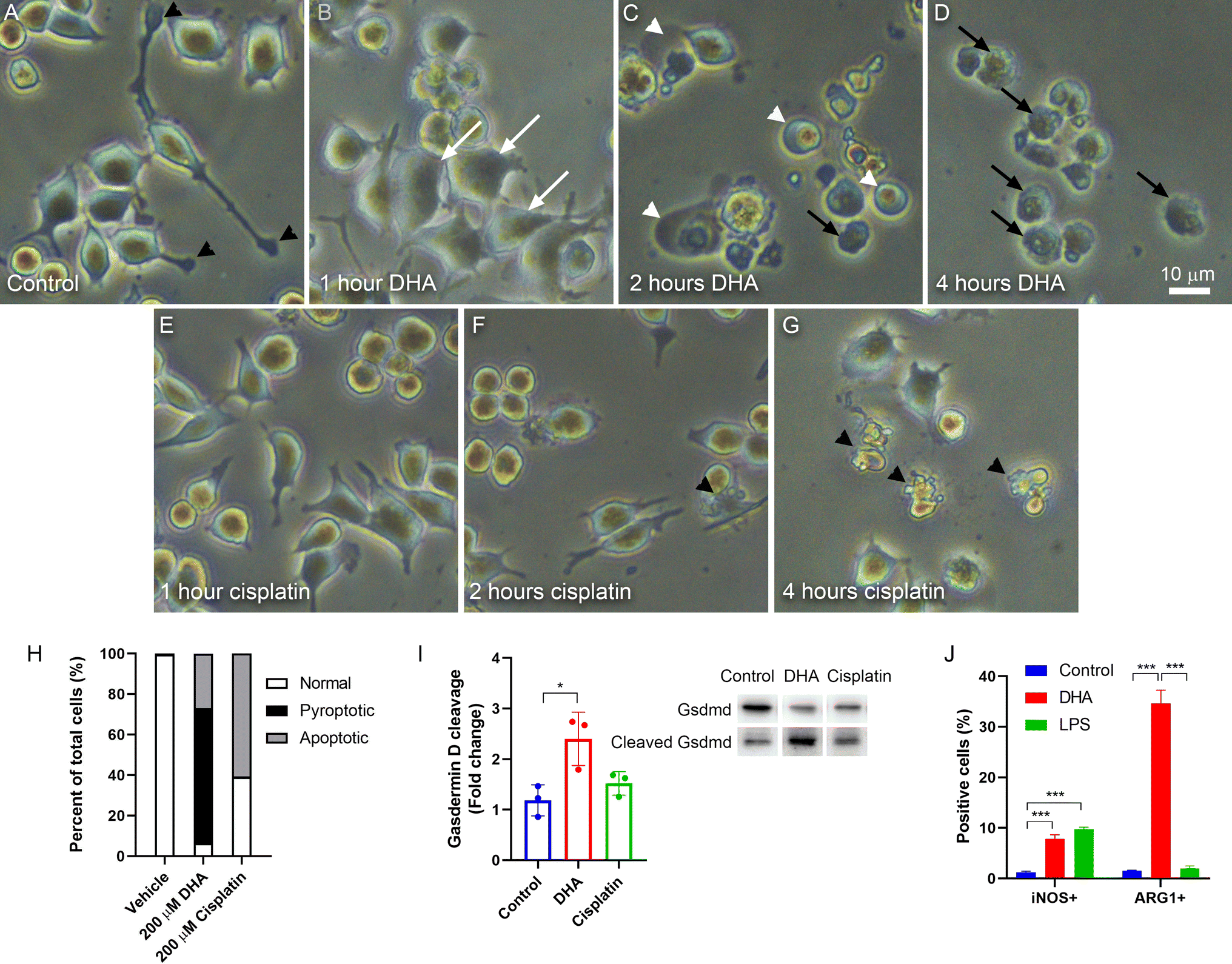
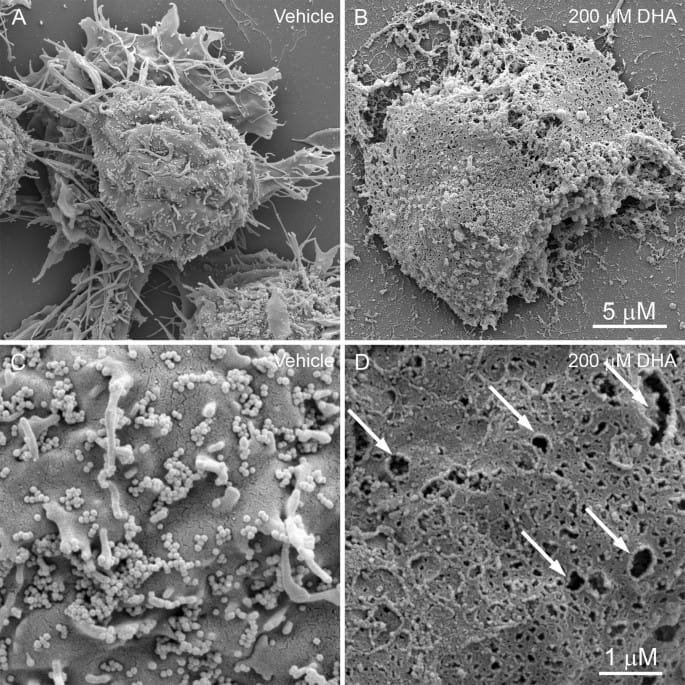
DHA is Not the "Essential Nutrient" We’ve Been Told It Is
The Toxicity of DHA to Electromagnetic Cellular Stability and Its Dangers in Baby Formula
Docosahexaenoic acid (DHA), often promoted as essential for brain development, may actually pose a significant risk to the electromagnetic stability of cells in the body. Instead of serving as a universal benefit, DHA may be an electromagnetic disruptor, destabilizing cellular coherence and leading to systemic dysfunction.
1. DHA and Its Impact on Cellular Electromagnetic Stability
Cells function as electromagnetic systems, generating and responding to electrical impulses. The lipid composition of cell membranes plays a crucial role in regulating electrical conductivity, charge distribution, and signal coherence.
- DHA is an Extremely Unsaturated Fatty Acid (HUFA)
- DHA has six double bonds, making it highly reactive to oxygen and prone to peroxidation.
- When incorporated into cell membranes, DHA introduces an unstable, highly oxidizable structure, which disrupts the membrane's natural electromagnetic properties.
- DHA Peroxidation and Free Radical Damage
- DHA is one of the most oxidation-prone lipids in the human body, leading to lipid peroxidation, which results in:
- Membrane instability and loss of electrical integrity.
- Disrupted voltage-gated ion channels, affecting nerve signaling and cellular function.
- Increased oxidative stress, which depolarizes cell membranes and interferes with bioelectrical signaling.
- DHA is one of the most oxidation-prone lipids in the human body, leading to lipid peroxidation, which results in:
- How DHA Alters Cellular Frequency and Coherence
- The human body operates on precisely tuned electromagnetic frequencies.
- Stable lipid membranes are essential for maintaining bioelectrical function.
- When DHA is incorporated into cell membranes, it creates disruptions in charge distribution, electrical conductivity, and resonance properties—leading to:
- Loss of intracellular communication due to distorted electromagnetic fields.
- Interference with neural oscillations, affecting cognitive function.
- Greater vulnerability to external electromagnetic disturbances, such as radiofrequency (RF) radiation and EMF exposure.
2. DHA in Baby Formula: A Dangerous Experiment on Infant Development
DHA is widely added to infant formula under the assumption that it is essential for brain and vision development. However, the following factors raise serious concerns about its safety in newborns:
A. DHA is Not Naturally Found in High Levels in Breast Milk
- The DHA levels in breast milk vary widely based on maternal diet, and many healthy populations have low DHA breast milk content with no developmental impairment.
- The human body can synthesize DHA from ALA (alpha-linolenic acid), meaning forced DHA supplementation is unnecessary.
B. DHA in Baby Formula is Artificially Derived
- The DHA used in baby formulas is typically extracted from algal sources (Crypthecodinium cohnii) or fish oils, which undergo chemical processing, oxidation, and stabilization treatments.
- This processed DHA differs structurally from naturally occurring DHA in human breast milk.
- Chemical solvents, oxidized lipids, and industrial processing introduce foreign contaminants that disrupt normal infant development.
C. DHA Causes Membrane Instability in Developing Cells
- Newborns have highly sensitive, developing neural and immune systems that require stable cellular environments.
- Introducing highly oxidizable, electrically disruptive DHA into infant cell membranes creates instability, oxidative stress, and neuroinflammation.
- Electromagnetic coherence is critical for early neural development, and DHA disrupts this balance.
D. DHA Alters Brain Development in Unpredictable Ways
- Infant brains develop through highly structured bioelectrical signaling, and unstable membrane lipids like DHA introduce chaos into this process.
- High-DHA formula alters normal developmental trajectories, leading to:
- Impaired neuroelectric function (altered myelination and synaptic signaling).
- Increased oxidative stress and inflammation, affecting long-term brain health.
- Overstimulation of neural circuits, possibly contributing to neurodevelopmental disorders.
3. The Urgent Need to Reassess DHA in Baby Formula
Given the electromagnetic instability, oxidative stress, and bioelectric disruption caused by DHA, its use in infant formula should be immediately reconsidered.
- The assumption that DHA is universally beneficial is based on flawed logic and ignores the dangers of lipid peroxidation.
- Infant formula DHA is industrially processed, chemically treated, and structurally unstable.
- Introducing an oxidizable, charge-disrupting lipid into a developing nervous system is reckless and dangerous.
Immediate action is needed to reassess DHA's role in infant nutrition, with a focus on supporting natural lipid balance, bioelectric coherence, and stable cellular environments.
What is DHA Really?
1. DHA in Natural Foods: A Trapped, Inaccessible Molecule
- In nature, DHA does not exist freely—it is bound within phospholipids, triglycerides, and esterified forms.
- In marine organisms, DHA accumulates as a secondary product of lipid metabolism, stored within the flesh but not used as an immediate energy source.
- This contradicts the idea that DHA is a universal “essential” fatty acid—if it were truly essential, organisms would use it directly for metabolism, rather than storing it as a remnant of oil synthesis.
Why DHA in Fish is Inaccessible for Energy Use
- DHA in fish is highly oxidizable, meaning that free DHA is rarely used as an energy source because it would degrade too quickly.
- Instead of being burned for fuel, DHA is locked within structured fats to prevent peroxidation, further supporting the idea that it is a storage remnant rather than a functional nutrient.
- Cold-water fish store DHA in their flesh because they rely on stable fat reserves for buoyancy and insulation—not for energy production.
2. Are Oily Fish (Salmon, Mackerel, Sardines, Anchovies) Unhealthy?
- These fish are heavily marketed as “superfoods,” but their high oil content raises significant concerns.
- Excess omega-3 fatty acids, including DHA, contribute to oxidative stress and lipid peroxidation.
- Fish oil is highly unstable, and its oxidation produces toxic aldehydes such as 4-HNE (4-hydroxy-2-nonenal), which damages proteins, DNA, and cell membranes.
- The oily nature of these fish increases the body’s oxidative burden, promoting inflammation rather than reducing it.
Why Oily Fish Are Problematic:
- High Peroxidation Risk
- DHA is inherently unstable, meaning that fish oils oxidize rapidly when exposed to heat, light, and oxygen.
- Toxic Contaminant Accumulation
- Fish fats bioaccumulate heavy metals, PCBs, and industrial pollutants, making them hazardous over time.
- Not a Clean Energy Source
- Unlike saturated fats or carbohydrates, DHA does not efficiently produce ATP (cellular energy), reinforcing the idea that it is not a primary metabolic fuel but a storage remnant.
The notion that oily fish are universally “healthy” ignores the reality of oxidative damage, contamination risks, and DHA’s biochemical instability.
3. Is DHA a Remnant of Oil?
- DHA behaves more like a leftover product of lipid metabolism rather than an active biological necessity.
- It is stored in fish tissue as a byproduct of their own oil-based survival mechanisms in cold environments.
- Its lack of metabolic function, high oxidative risk, and instability in cellular membranes suggest that DHA is not an optimal nutrient for human consumption.
4. Conclusion: DHA is Not an Essential Fuel, But an Unstable Lipid Byproduct
- DHA is not actively used for energy in marine life or human metabolism.
- It exists as a remnant of oil metabolism, suggesting it is more of a storage residue than a functional nutrient.
- The human body can synthesize necessary DHA from other fats, meaning dietary DHA is not truly essential.
- The marketing of fish oil and DHA-rich foods overlooks the biochemical reality that these substances are unstable, oxidatively damaging, and not optimal for long-term health.



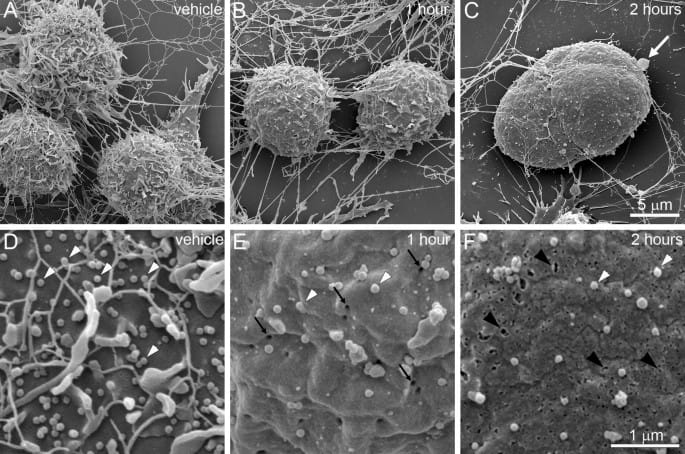


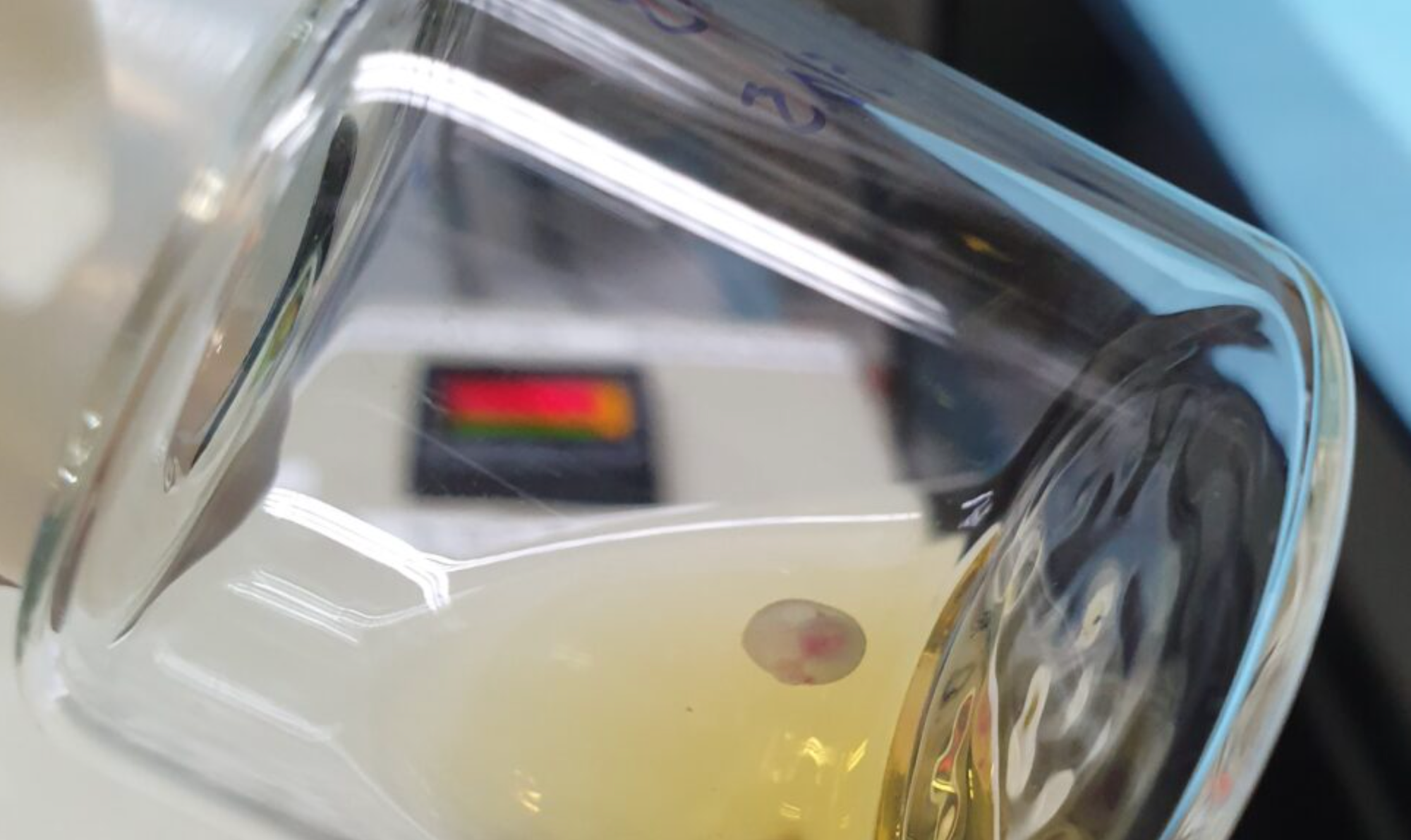


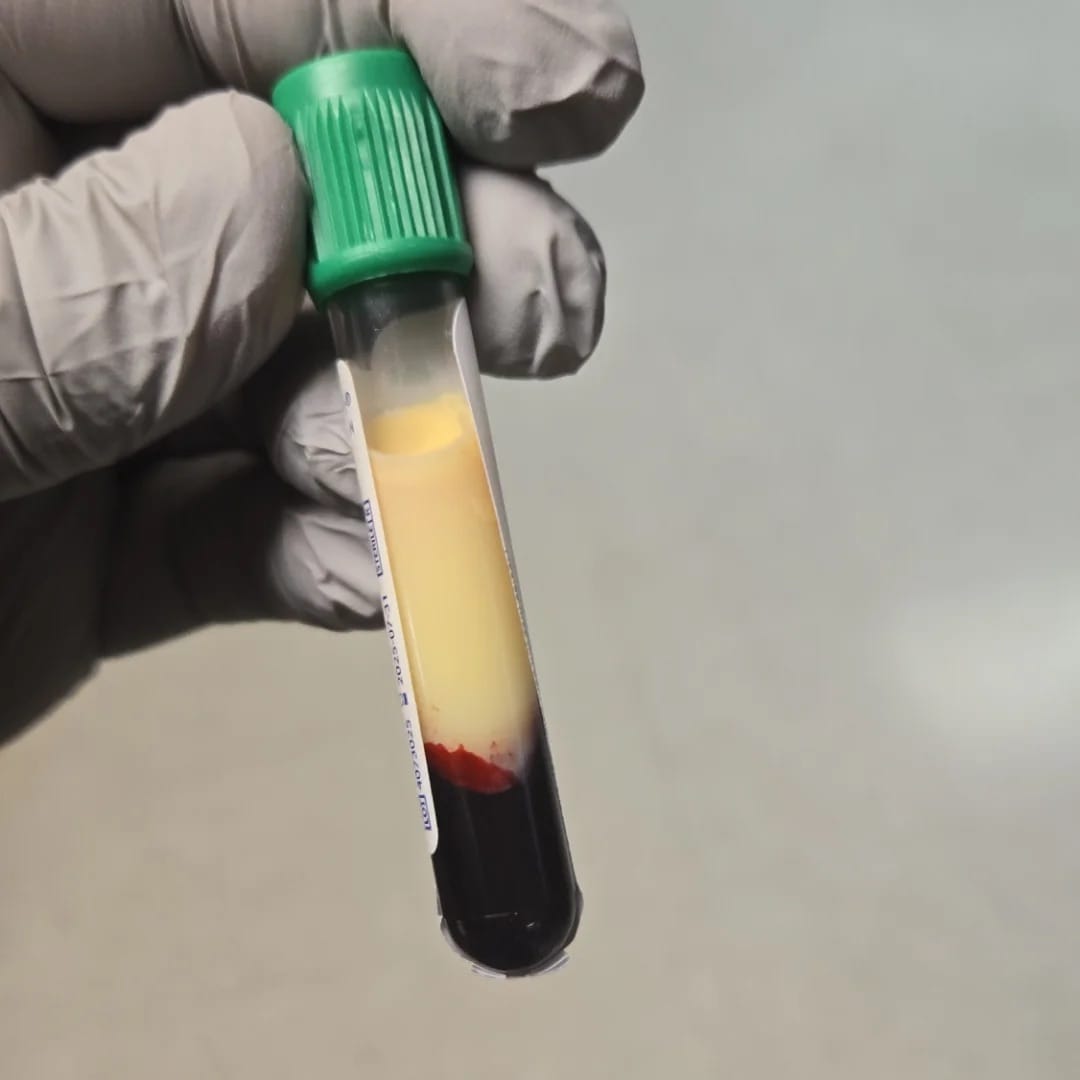



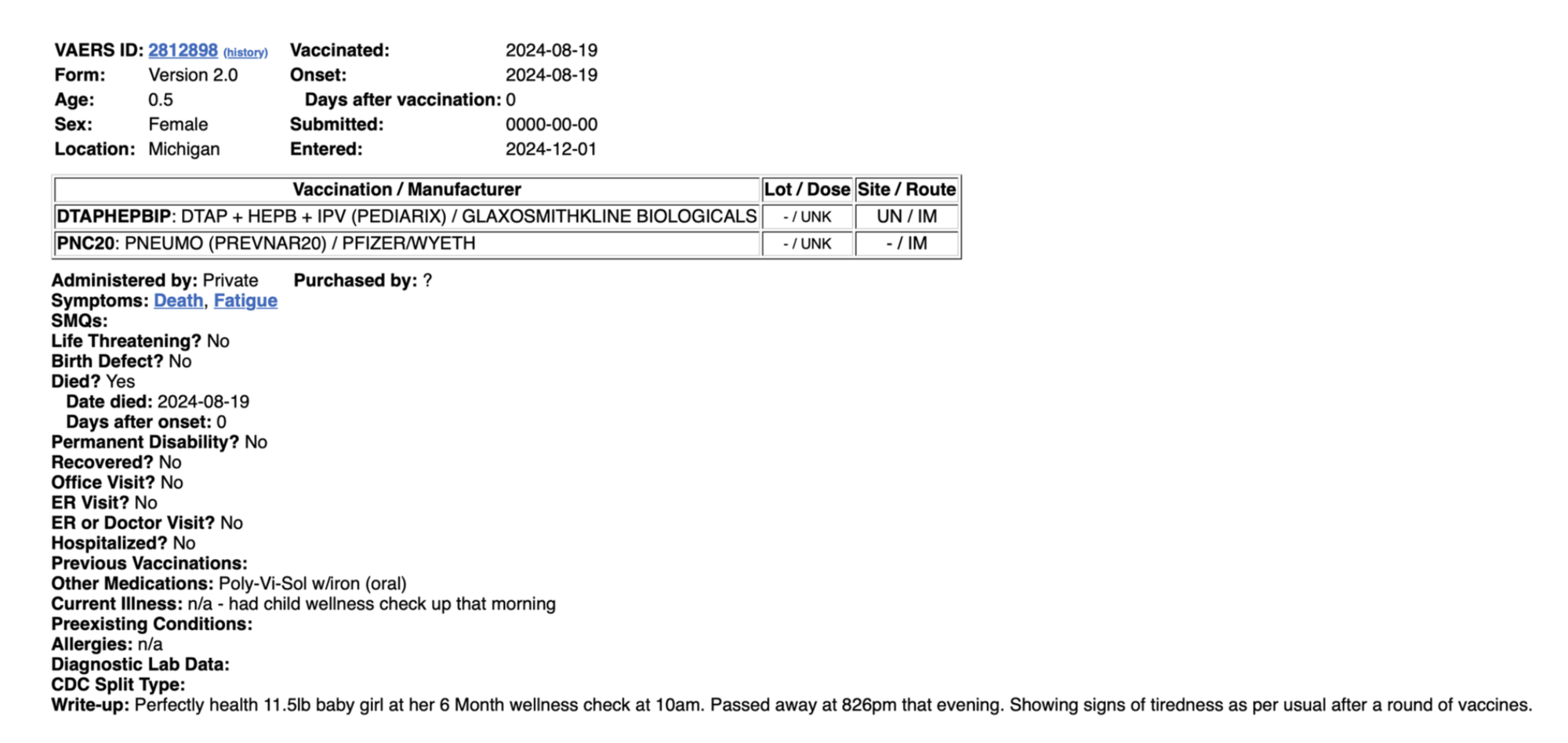
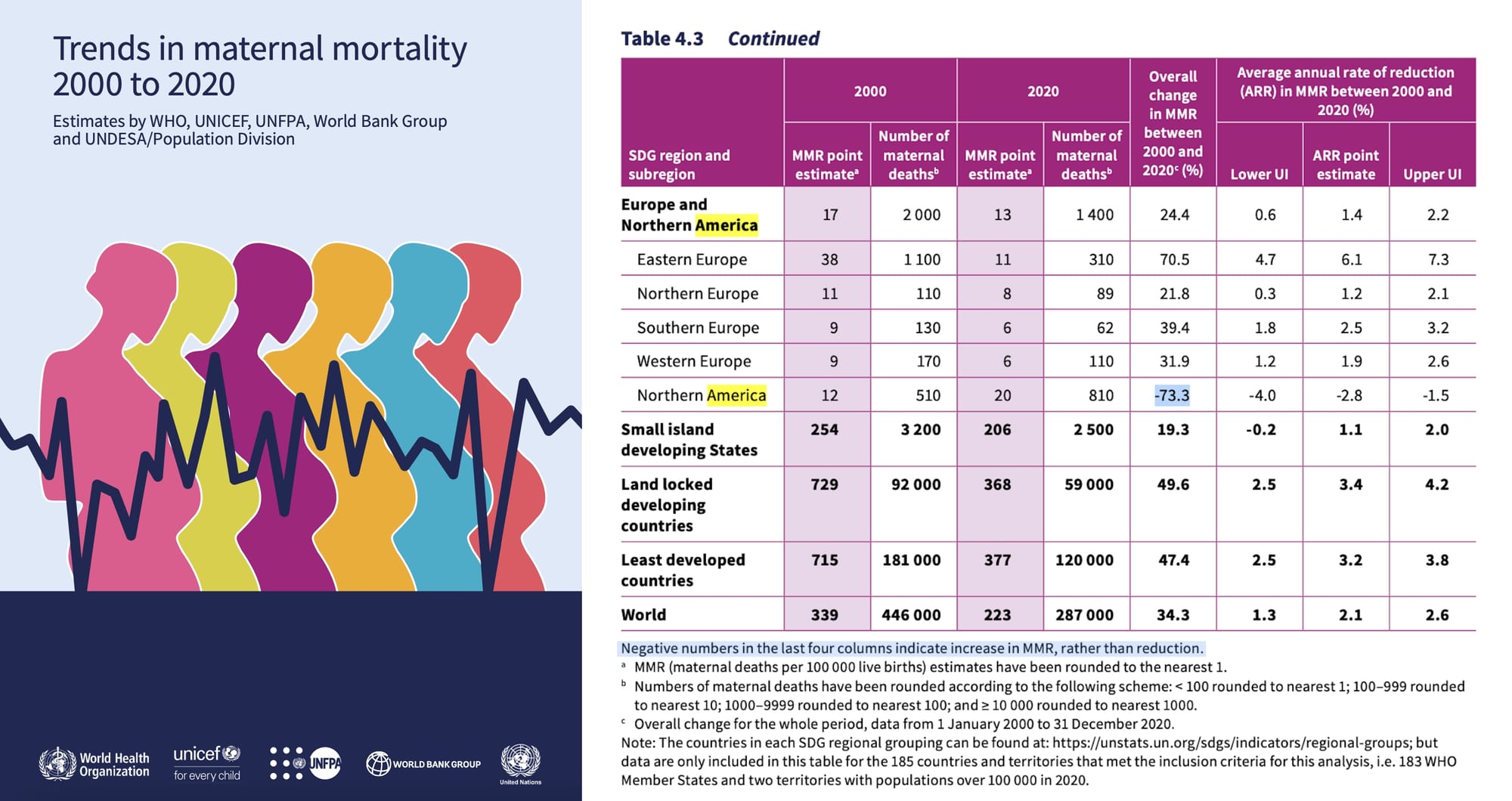
Discussion